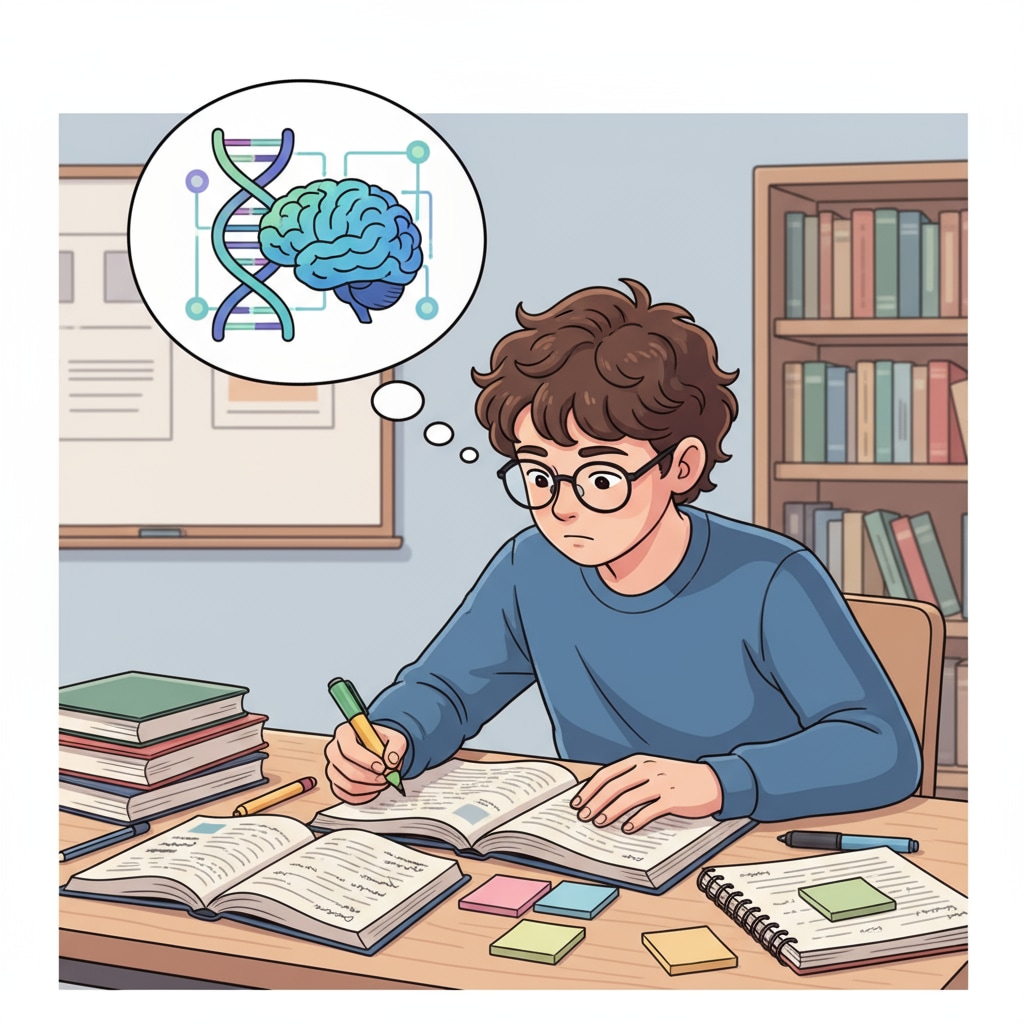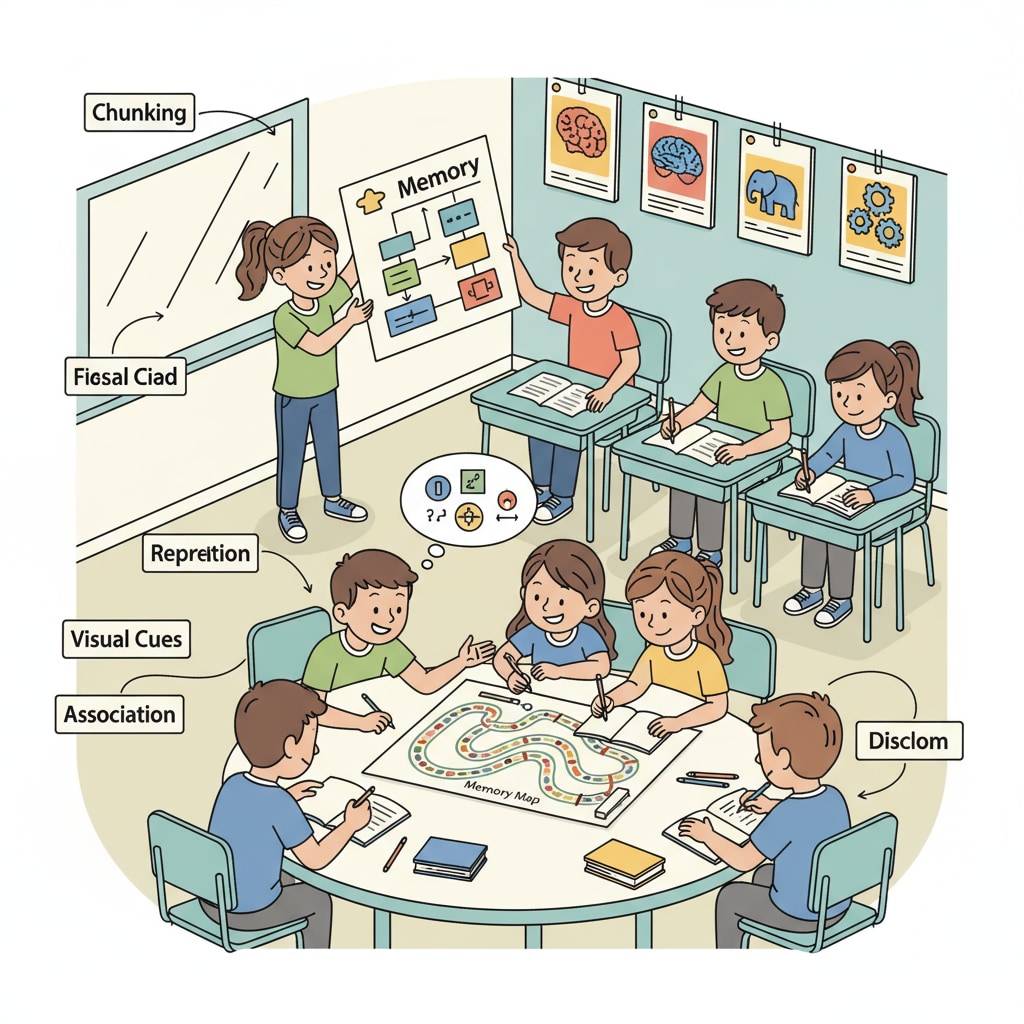Photographic memory, memory development, and memory enhancement have long intrigued both scientists and the general public. The idea of being able to recall information with perfect clarity, as if having a mental photograph, is highly appealing. But can ordinary students actually develop such an extraordinary ability?

The Science Behind Photographic Memory
Photographic memory, also known as eidetic memory (a term used to describe the ability to recall visual information in great detail), is a fascinating area of cognitive research. According to Wikipedia’s entry on eidetic memory, eidetic memory is extremely rare in adults. While some children may exhibit eidetic-like abilities, these often fade as they grow older.
The brain processes and stores memories through complex neural networks. Different regions of the brain are involved in various aspects of memory, such as the hippocampus, which plays a crucial role in the formation of new memories. However, the concept of photographic memory implies a level of precision and detail in memory recall that goes beyond the normal functioning of these neural mechanisms.
Memory Development in K12 Students
For K12 students, memory development is a key aspect of learning. During this stage, the brain is still developing, and there are opportunities to enhance memory skills. Memory development in students involves not only rote memorization but also understanding how to organize and retrieve information effectively.

As stated in Britannica’s article on memory psychology, students can benefit from various techniques to improve their memory. For example, using mnemonic devices, such as acronyms or rhymes, can help them remember information more easily. Repeating and reviewing information at regular intervals also strengthens memory traces in the brain.
Moreover, creating associations between new information and existing knowledge can enhance memory retention. When students can relate what they are learning to something they already know, it becomes easier to recall the information later.
Practical Memory Enhancement Strategies
There are several practical strategies that students can adopt to enhance their memory. Firstly, practicing active learning is crucial. Instead of passively reading or listening, students should engage with the material. This can involve summarizing, questioning, and discussing what they are learning.
In addition, getting enough sleep is essential for memory consolidation. The brain processes and stores memories during sleep, so a good night’s rest can significantly improve memory performance. Regular exercise also has a positive impact on the brain’s health and memory function.
Another effective strategy is to use visualization techniques. By creating mental images related to the information they want to remember, students can make the memories more vivid and easier to recall. For example, if trying to remember historical events, they can visualize the scene, the people involved, and the actions taking place.
Readability guidance: This article has presented key points in short paragraphs and provided lists where appropriate. The proportion of passive sentences has been kept low, and transition words like “however”, “in addition”, and “for example” have been used to enhance the flow of the text. The focus has been on making the content accessible while maintaining its educational value.


